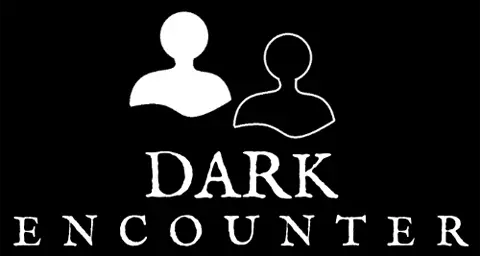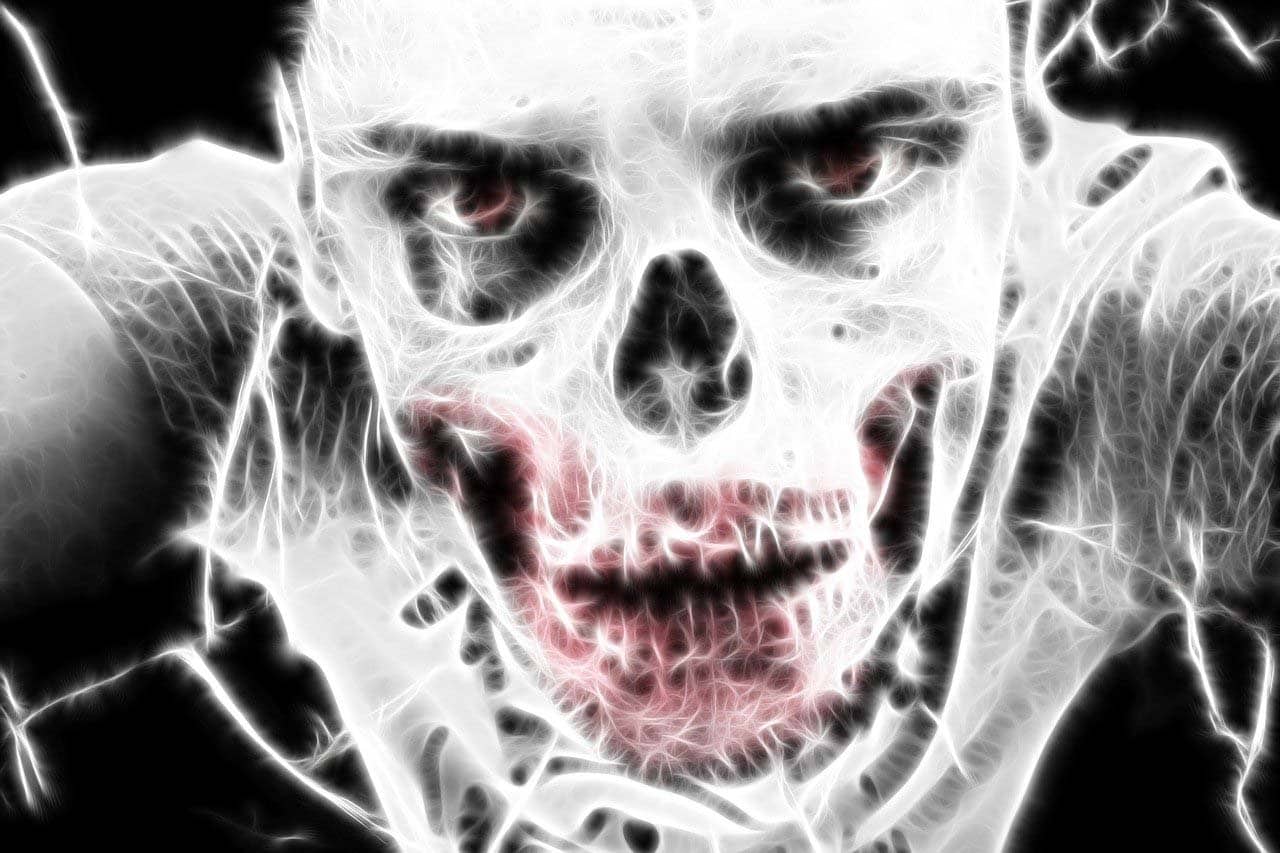The appearance of a ghost in a written story isn’t automatically scary. When a ghost appears in a movie it is scary because there is a jump scare or there is dramatic music. The way the ghost looks can also be frightening.
In written form, a ghost is just an idea. You have to sell it to make it scary.
There are four main ways to make a ghost scary:
- Make it so your protagonist is not in control
- Make it unknown
- Use the uncanny valley
- Present the threat of violence
Your ghost has to do at least one of these things to come off as scary. here is a further explanation of each point.
Lack of Control
This is a situation where your characters are faced with something supernatural. For this article, we’ll say it’s a ghost, but it could be anything malicious and unexplainable.
First, you must have a scene where the characters confront the ghost. This first confrontation is a disaster. Your characters are unable to defeat the ghost.
Their weapons don’t work. Their knowledge is wrong. Everything they try fails.
This is what makes the ghost scary. Your characters have no control, they could be attacked at any time and there is nothing they can do about it.
Another way you could use this theme is through possession.
When a person becomes possessed, other characters are unable to fight the ghost because they might hurt the person who is possessed. The ghost is under no such handicap and can attack the other characters whenever it wants.
In this type of story, the protagonist will eventually learn the truth behind the ghost and defeat it with this knowledge. But that comes at the end.
The majority of scares are going to come from emphasising the lack of control that the protagonist and other characters have in this situation.
Fear of the Unknown
This is one of the most common themes in horror stories. H. P. Lovecraft once wrote”
“The oldest and strongest emotion of mankind is fear, and the oldest and strongest fear is fear of the unknown.”
This theme is prevalent when your characters don’t know anything about the ghost.
Something is attacking them or affecting them in some way and they don’t have enough information to know what to do about it.
This is also similar to the previous theme of a lack of control. The difference is that a character can know what is happening and still have no control while, with the theme of the unknown, they may have the power to do something, they just don’t know what to do.
One way to use the theme of the unknown is to have it so that your characters are unable to see the ghost. Something is happening to them and they can’t see the thing that is causing it.
Maybe it’s a ghost or maybe it’s gremlins. The characters don’t know and they have to conduct tests to find out. Meanwhile, they are getting picked off one by one.
Another way to use this theme is to have it so that your characters don’t know who the ghosts are or where they come from.
If we assume that the ghost is someone who died and wants revenge, we have to figure out who they were in life and why they are after our characters.
Another great way to use fear of the unknown is to have one or more of your characters become possessed. Your protagonist must solve the mystery of the ghost but doesn’t know who to trust. Anyone could be possessed and could turn on the protagonist at any time.
Learn about Horror Cliches here.
The Uncanny Valley
The term “uncanny valley” refers to the appearance of human-like robots. Researchers found that people preferred to deal with robots that had a human appearance, up to a point. It turns out that when a robot’s appearance became too human, people began to find it repulsive.
There is something about a human face on a robot that frightens us. It is as if we have a primal fear that we are being tricked. Underneath the human appearance is a predator waiting to pounce on us.
This sense that something isn’t quite right was used well in the movie “Invasion of the Body Snatchers.” In the film, a town is taken over by plant creatures from outer space. They kill off residents of the town and take on the victim’s appearance and behaviour. They are almost perfect replacements, but there is something about their behaviour that alerts people that they are not who they claim to be.
In a ghost story, you can use this effect with people that have been possessed, just like we discussed with fear of the unknown. You can create a great sense of paranoia when people whom the hero trusts start doing things that are out of character.
The uncanny valley can also be applied to locations, such as a haunted house. Perhaps the atmosphere of the house doesn’t match its appearance.
You can also use it with pets. What if your faithful dog or cat suddenly bit you out of nowhere? Stephen King uses this in his novel Pet Sematary when the house cat, that was hit by a car, comes back to life and starts acting aggressively towards the family.
Learn more about Horror Concepts here.
The Threat of Violence
This theme revolves around the promise of something brutal happening to one of your characters. It is usually a race against time where the protagonist has to solve a mystery before the ghostly presence kills them.
Perhaps your characters are found with their necks broken at set times.
The scary thing about a ghost is that it can’t be seen or touched. Only its presence is felt. This is frightening if the ghost never does anything dangerous.
The ghost must present a threat to the characters of the story in some way. It must harm them. The more brutal, the better.
Once it’s established that the ghost can do violence, and you cannot see it or touch it, then you have a scary story.
Have your ghost break things. Smash windows, throw furniture, hurl people across the room. Have your characters witness the ghost killing someone. Your ghost should be out for blood.
It is also a good idea to throw in a few close calls. Have a scene or two where the protagonist is attacked by the ghost and narrowly escapes. This will help build the tension.
Check out this video for some more ideas about ghost stories:





